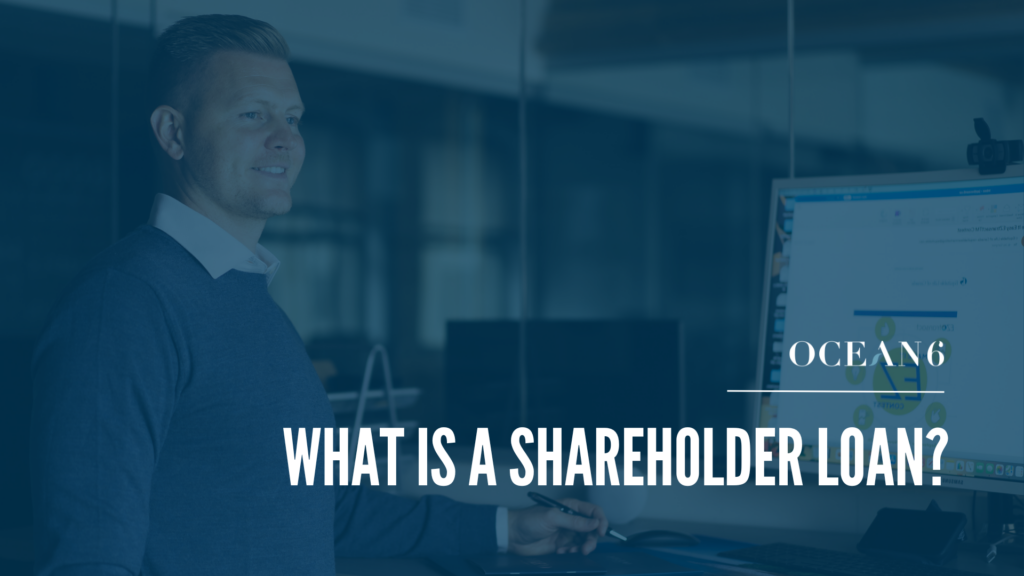Which is suitable for you—salary or dividends?
Being incorporated offers countless tax-saving benefits. One of which is the flexibility to decide how you want to pay yourself.
You can take control of your finances so your hard-earned money stays with you and your family, not the government.
The Difference Between Paying Yourself a Salary vs. Dividends
One of the key differences between paying yourself a salary or dividends is whether you need to contribute to the Canadian Pension Plan (CPP).
When you pay yourself a salary, you are considered an employee of your company. All working Canadians are required to contribute to CPP, which provides a basic income level in retirement.
In addition to CPP, there are deductions for personal income tax and EI.
CPP is not necessarily bad, but for business owners, it ultimately comes down to your goals and plan for retirement. Do you prefer to keep control of those dollars rather than put them in the hands of the government?
Should You Pay Yourself a Salary vs. Dividends?
A major advantage of being incorporated is the flexibility to pay yourself a salary or dividends. It’s one of the most common decisions business owners need to make.
If your goal is to take ownership of your retirement, and plan for it by investing and growing that money inside your corporation how you prefer, consider paying yourself dividends.
(There’s no one size fits all with retirement planning, but there is a right way to begin building a retirement plan to set yourself up for success)
Paying Yourself a Salary
Many entrepreneurs incorporate their businesses and continue to pay themselves a salary out of their corporation.
However, when you pay yourself a salary, you must pay into the CPP as both an owner and an employee. This can cost you $7,000 a year.
Paying Yourself Dividends
With a dividend structure, you don’t have to pay into CPP, leaving that extra money in your corporation to invest how you like. We don’t know if the CPP will be here 10-30 years from now or if we’ll get any of it if something happens along the way. The money in the CPP is not your money; think of it as a pool of money that the CRA organizes.
By paying yourself dividends, you control your retirement plan rather than leaving it in the hands of the CRA.
When it comes to retirement planning for financial freedom as a business owner, you’re in a privileged position. There are many tax-efficient options than simply pulling money from your corporation and building up a giant RRSP like everyone else.
Client Story: Salary vs. Dividends
Six months ago, we started working with Sarah, who owned a mid-size contracting business.
Sarah’s Old Set Up
Sarah was paying herself a salary of $180,000 a year. Although it’s an impressive salary, it’s not always necessary to pay yourself that much. She was maxing out her RRSP because she wanted to save as much as possible for retirement.
After reviewing Sarah’s personal expenses, we determined she needed no more than $8,000 monthly after taxes to support her ideal lifestyle.
There were a few things wrong with Sarah’s current strategy.
- She was taking more money than she needed out of her company to live, causing her to pay unnecessary taxes.
- She was paying herself a salary over dividends to build RRSP room. The first issue with this is when you take a salary as a business owner, you have to pay into CPP twice, as both the employee and owner. The second issue with taking a large salary and building up your RRSP is you’re likely going to be in a high tax bracket, meaning you are giving up to half of your RRSP to CRA when you start withdrawing it.
Sarah’s RRSP is already worth
If she continues down that path and maxes out her RRSP in 10 years with a return rate of 8%, Sarah’s RRSP will be worth over $3,000,000.
However, it wouldn’t be $3,000,000 after taxes. Retirement Savings Plans are designed to defer taxes to a later date, assuming you will be in a lower tax bracket at retirement, but this may not be the case for business owners. If you’ve built different passive income sources, such as rental properties or investments, who is to say you still won’t make a high retirement income?
The government will win unless you are spending less and in a lower tax bracket at retirement. And if you pass away early, you risk losing half of your RRSP to the government. For many business owners, this is not what financial freedom looks like.
Sarah’s New Set Up
A better alternative is paying yourself dividends, not a salary.
You won’t have to pay into CPP, saving you $7,000 annually to keep inside your corporation and invest how you like.
Sarah’s retirement plan will consist of doing the following three things:
- Taking a smaller dividend to keep her in a low tax bracket. You only need to take out what you need to live out of the corporation. We recommended Sarah start taking a dividend of 15,000/before taxes.
- Selling investments built up in her corporate investment account and using her Capital Dividend account to flow the tax-free portion of the capital gains out to her personally.
- Invest in a corporate-insured retirement plan. Life insurance can serve as a powerful retirement planning tool in two ways. One, it offers a tax-efficient way to grow your money. Two, if done correctly, you can take money from your corporation tax-free. We recommended Sarah invest in a whole life insurance policy that’s owned and paid for by the company. Sarah is set up as the insured, and the company as the beneficiary. The investments inside the policy grow tax deferred. Upon retirement, Sarah will use the whole life policy’s cash surrender value for a collateralized loan to supplement her income.
(Here’s the ultimate guide to retirement planning)
The strategy of taking a small dividend from the company, making the most of the Capital Dividend Account and leveraging against the whole life policy, Sarah will have the same amount of cash available for retirement and save tens of thousands in tax. Sarah’s big-picture goal of taking two big vacations every year in retirement is achievable.
Now, when Sarah passes away, she won’t have a large RRSP to split with CRA. The entire life insurance proceeds will pay out tax-free through her company’s Capital Dividend Account to her loved ones. The CRA won’t get to touch that money, leaving more of her legacy for the people who matter most.
Book a call to build a customized financial plan that maximizes your corporate structure to save you money for years to come.












